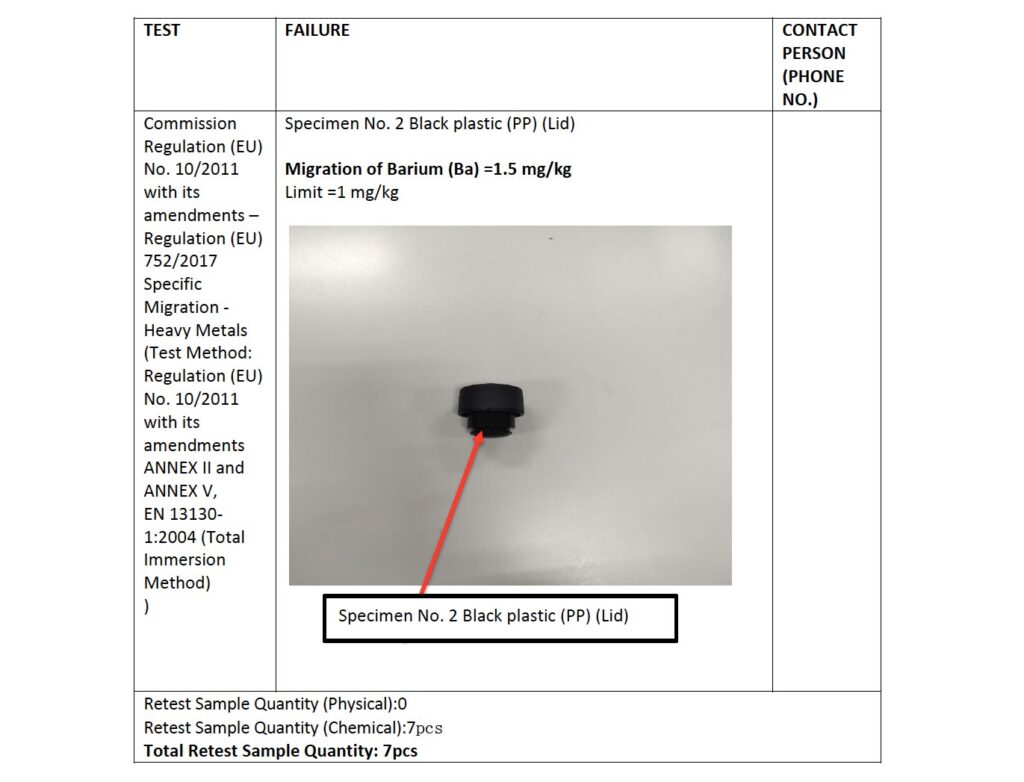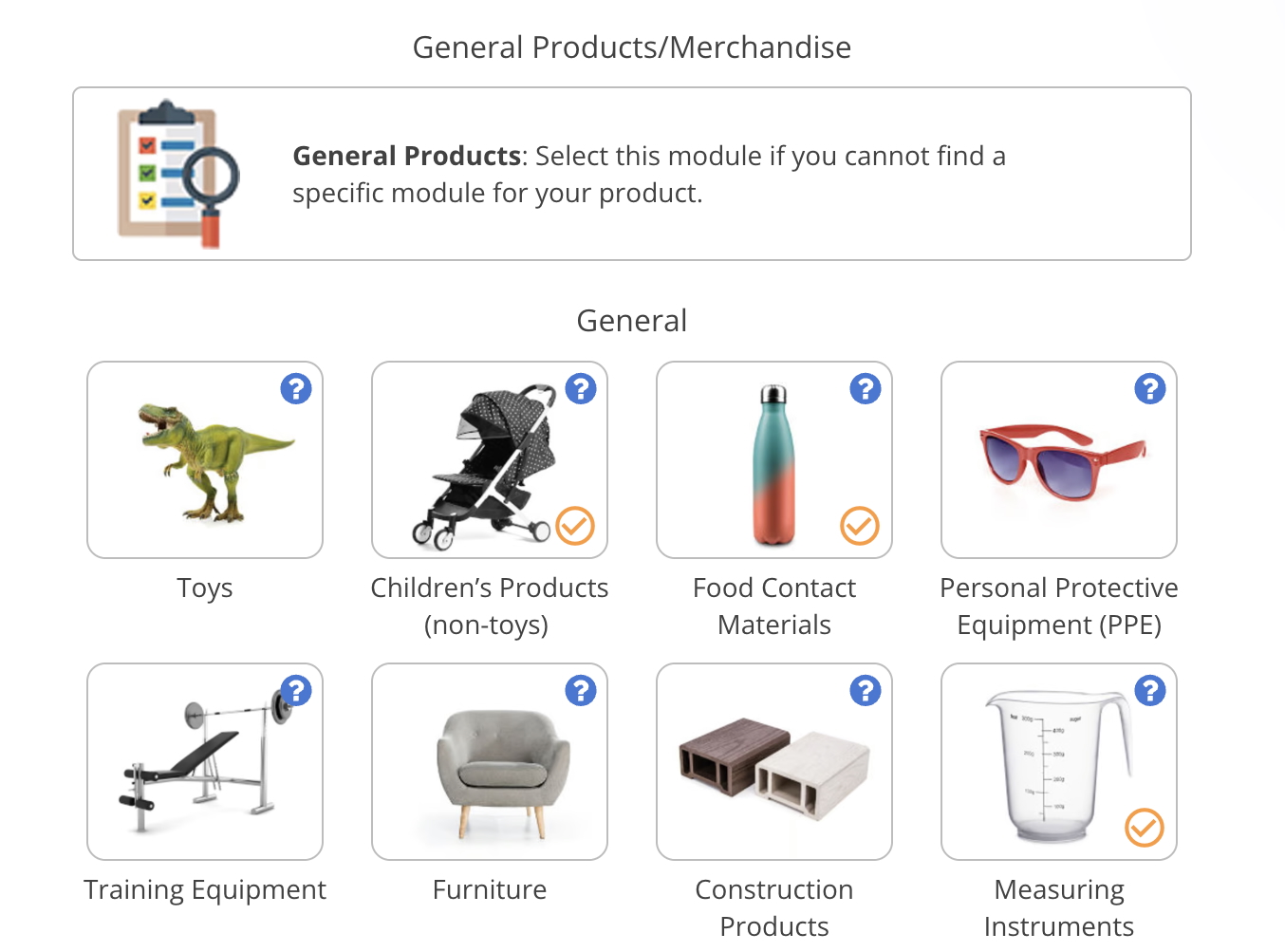
Your product just failed compliance testing. Now what? This guide explains why products fail safety and compliance testing, and how you can implement a step-by-step plan to resolve the situation and get your product successfully retested.
Content Overview

FREE CONSULTATION CALL (30 MIN)
 Ask questions about compliance requirements
Ask questions about compliance requirements Countries/markets:
Countries/markets:
 Learn how we can help your business
Learn how we can help your business
You will speak with:Ivan Malloci or John Vinod Khiatani
Why do products fail testing?
Failing to comply with applicable product standards and substance restrictions are the two most common causes of testing failure.
1. Non-compliance with product standards
Product standards covering various safety aspects are mandatory for many products sold in the United States, the EU, and the UK. For example, toys sold in the US must comply with ASTM F963, while toys in the EU and the UK must comply with EN 71.
ASTM F963, EN 71, and other product standards set technical requirements and guidelines that must be met for a product to be compliant. In practice, this means that elements from said standards must be implemented into your product’s design and functionality.
For example, ASTM F963 sets requirements concerning small parts. The standard contains a definition of what a small part is, and the force required to break off parts from a toy that also constitute small parts.
If my product design has not factored in these requirements, then my product is non-compliant by design and is highly likely to fail testing corresponding to the applicable product standards.
In this specific example, I used toys, but the same principles apply to electronics, machinery, PPE, furniture, medical devices, and other products covered by product standards.
2. Substance testing failure
Substance regulations set limits (and migration limits) concerning chemicals, heavy metals, and other substances. For example, the REACH regulation set limits on phthalates, lead, cadmium, and hundreds of other substances in the European Union.
For example, a textile product containing excessive amounts of lead is non-compliant and cannot be sold. In this context, substance testing failure refers to lab tests detecting substances above the set limits.
Similar regulations also exist in the United States and the United Kingdom.
Substance testing can be applied to essentially all consumer products and food contact materials.
What are the consequences of testing failure?
Failing to pass testing corresponding to mandatory product standards and substance restrictions generally means that your product is non-compliant and cannot be sold. However, the outcome also depends on the stage of your product lifecycle at which the testing failure occurs.
Product life cycle
| Testing stage | Description | Outcome |
| Prototype testing failure (Best case) | A pre-production sample fails testing | 1. Adjust technical drawings
2. Replace materials/components 3. Re-submit for testing |
| Batch testing failure | A batch sample collected from a production run fails testing | 1. Withhold supplier payments
2. Identify the cause 3. Remake/rework products or scrap the batch |
| Post-launch testing failure (Worst case) | A product that is already available on the market fails testing | Possible recall |
Product case studies
| Example | Cause | Outcome |
| CPSIA – Baby crib (USA) | 1. The manufacturer failed to comply with ASTM F1169-19.
2. Incorrect spacing of crib bars causes suffocation risk. |
The baby crib fails to meet the requirements under the CPSIA and cannot be sold in the US |
| REACH – T-shirt (EU) | The fabric contains lead and AZO dyes above the limit set under REACH Annex XVII | The t-shirt fails to meet REACH and cannot be sold in the EU |
| Electrical Equipment (Safety) Regulations 2016 – Air Purifier (UK) | The Air Purifier fails to meet the applicable designated standard concerning electrical safety | The air purifier is does not comply with UKCA requirements and cannot be sold in the UK |
Recalls
Products failing testing when already on the market can be subject to recalls. Manufacturers and importers are often responsible for warning consumers and reporting unsafe products to the relevant authorities.
It should be noted that product testing should be done before a product is initially sold. That said, it is possible that safety issues are limited to an individual batch in which case this situation can occur.
Enforcement
Failed test reports can be checked in the following instances:
1. Test report checks during customs and importation procedures
2. Market surveillance authority checks
3. Marketplace checks
Failed Lab Testing Action Plan
Implement these steps if you received a failed test report.
Step 1: Identify the reason
The first step is to identify the reason. The test report should clearly specify why a product failed testing.
Examples
1. Failed substance test and detected amount
2. Failed mechanical safety test
3. Failed electrical safety testing
4. Failed flammability test
Step 3: Assess if the product can be corrected
It can be possible to correct the product if the testing failure is caused by a specific component or removable material.
A few years ago, we dealt with a situation in which a steel vacuum bottle failed testing. Luckily, this was isolated to a single internal plastic part containing excessive amounts of a chemical restricted under the EU Plastics FCM Regulation 10/2011.
As such, the situation was resolved by replacing the plastic part in all bottles and resubmitting them for testing.
But, let’s say that the testing failure had been caused by the coating or perhaps the steel casing material. If so, the entire product is inherently non-compliant and cannot be reworked to meet requirements.
Can be corrected
1. Testing failure is caused by a single component or material
2. The component or material can be replaced
Cannot be corrected
Here are some examples of situations in which the product cannot be corrected:
1. Furniture paint and coatings containing excessive amounts of lead
2. Toys containing small parts
3. Electronic products that are not designed to comply with applicable electrical safety standards
4. Textiles containing excessive amounts of restricted substances
Step 3: Take corrective action
Assuming your product can be corrected, you should now take the following steps:
1. Identify the affected component or material
2. Report the issue to the component supplier
3. Procure a new component that is sent for testing
4. Remove the non-compliant components/materials
5. Assemble the new (compliant) components/materials
Step 4: Resubmit samples for lab testing
You can resubmit the finished product for testing once you have implemented the steps above.
How can testing failure be prevented?
Testing failure is best prevented by proactively implementing product standards and following certain procedures to comply with substance restrictions.
Here is a summary of the methods we use:
Product standards
1. Identify applicable product regulations and the corresponding standards
2. Thoroughly read the standard and implement its technical requirements into product design files
3. Visually inspect samples on the production line to detect non-compliance at an early stage
Substance restrictions
1. Identify all applicable product regulations and relevant substance restrictions and their limits
2. Inform your suppliers of the substance restrictions that their materials and components must meet
3. Request and verify supplier test reports (when this is available)
4. Test materials and components before mass production
Other recommendations
1. Arrange pre-production prototype testing when launching new products
2. Never pay your suppliers in full until testing is completed and successful

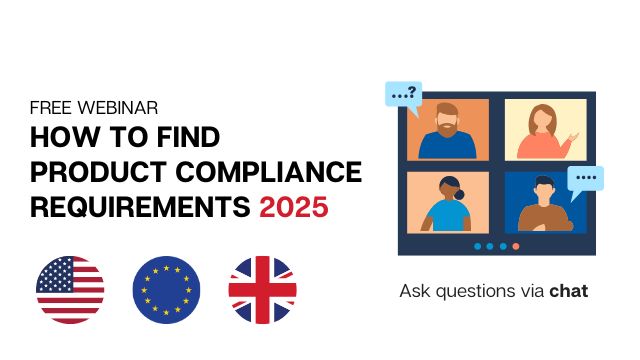
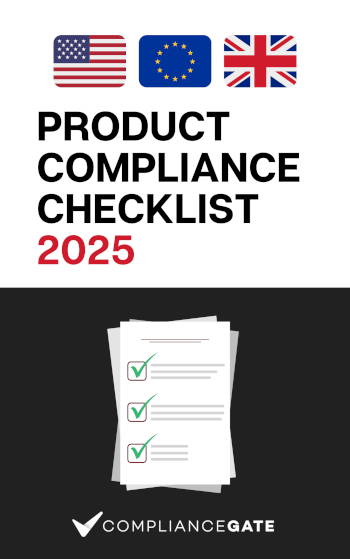


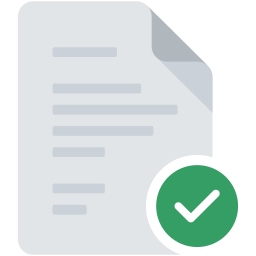

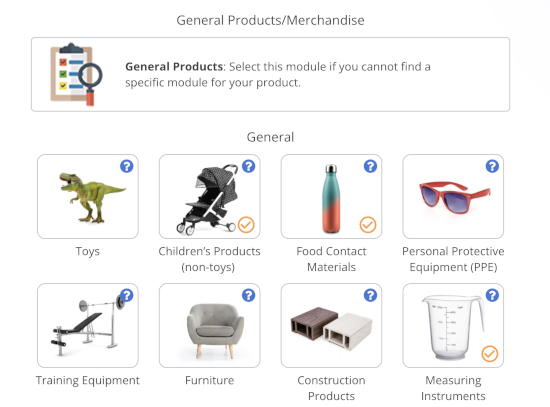





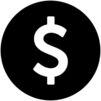
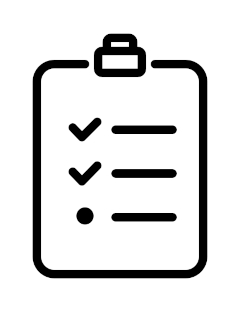


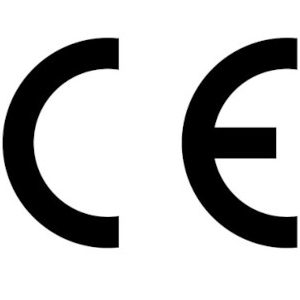




.png)
.png)
.png)
